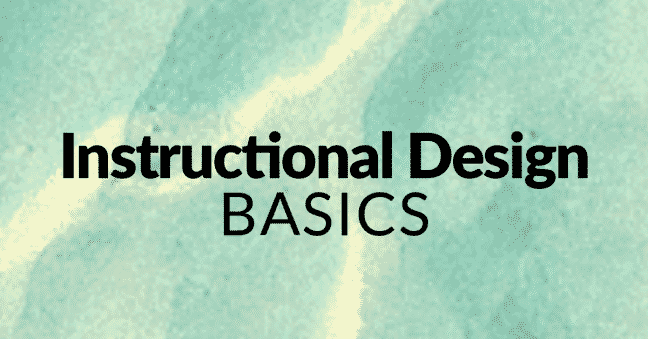May 6, 2020

What Is a Learning Objective?
Industry:
Solution:

[This is the the first in a series of posts about learning objectives. We've now compiled all the posts into a single downloadable guide to writing learning objectives if you want to check that out.]
If you're new to the learning and training world, you may not yet know what a learning objective is.
To put it simply, a learning objective describes what the learners should be able to do after they complete your training materials. In many cases, you'll probably have a series of learning objectives instead of just one.
The point of a learning objective is that you're holding training for a larger, more general reason--to help your organization achieve some goal. And employees need to learn to perform tasks on the job to help the organization achieve that goal. And your training should help employees learn to perform those tasks, and therefore help the organization achieve that goal.
You should create your learning objectives before creating your training content. Use the information you gathered during the Training Needs Assessment and the Analysis (or first) phase of the ADDIE instructional design process to create your objectives.
We'll explain more below and will provide links to even more information about learning objectives, including how to write them, tests to see if they're written well, different types of learning objectives for different types of learning, and key thinkers in the development of the idea of learning objectives.
There's even a great free guide to writing learning objectives at the bottom you can download.
[optin-monster slug="ols6gbrjaaaeu127bvxk"]
How to Use Your Learning Objectives
Once you have your learning objectives, you can use them as guides while you:
- Create your assessments. Create assessments that accurately assess your learner's ability to perform the learning objectives. Remember to assess the learner's ability to perform all objectives. And don't add assessment items for anything other than the objectives. See this interview/article for more on learning assessments.
- Create your training content and activities. Create content that teaches your learners to perform each of the learning objectives. Likewise, don't add additional content that doesn't help your learner perform the objectives. Resist the temptation to add more information because it's "interesting." Remember that in learning, less is more. See this article for more on evidence-based training practices.
- Inform employees what the purpose of training is at the beginning of a training session or activity. This will help employees discover why this training is relevant and important to them, establish the "What's in it for me?" issue in their heads, and help get them more motivated to pay attention and actually do the work that's necessary for learning and skill development during the training.
- Determine the best ways to evaluate the effectiveness of your training when it's over. See this interview/article for more on common training evaluation models and this article/interview, part 2 in the series, for the LTEM learning evaluation model.
For the savvy reader who's paying attention while reading, and noticed we talked about creating learning assessments before creating learning content and activities, that wasn't a mistake. You've got a much better chance of creating valid instructional assessments if you create those directly after creating your learning objectives and if you essentially "map" assessments to objectives.
Hopefully you now see the value in creating learning objectives. They really help you stay focused on the ultimate goal, which is leading your learners to new behaviors that contribute to your company's overall goals and success.
For even more on this, including step-by-step instructions on how to write a learning objective, we recommend you check out our recorded discussion with evidence-based learning researcher Dr. Patti Shank on Writing Learning Objectives.
Still curious for more on learning objectives, how to write them, and how to use them? Read our follow-up blog posts:
- Why Create Learning Objectives?
- The SMART Test for Learning Objectives
- Four-Part 'ABCD' Learning Objectives
- Robert Mager's Performance-Based Learning Objectives
[optin-monster slug="zuzuvyij6mtvscihsoql"]
Conclusion: What Is a Learning Objective?
Hopefully this article has given you a helpful introduction to what a learning objective is and how you can use them in training. Continue reading the rest of the series of articles on learning objectives to learn more, and/or download the free learning objectives guide immediately below, which summarizes all the learning objectives articles.
[optin-monster slug="rsvfvcmsr3x2dh6qqdhv"]
Related Resources

Optimizing Driver Training and Compliance at Anheuser-Busch
April 24 2025

How Food and Safety Training Courses Strengthen Your Reputation in Food & Beverage Manufacturing
March 31 2025

Driving Learning Excellence and Operational Efficiency at Michigan Sugar Company
March 19 2025
Explore our software solutions designed to help your organization succeed
Request a Demo



